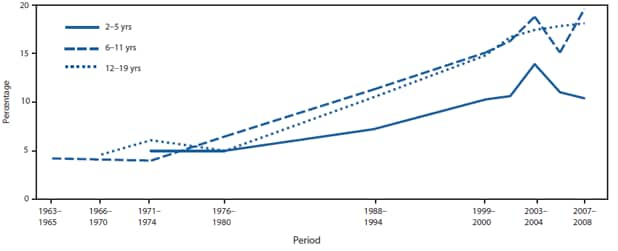This study was published in the European Journal of Clinical Nutrition 2012 Jun 20
Study title and authors:
This study can be accessed at: http://www.ncbi.nlm.nih.gov/pubmed/22713770
The objective of the study was to ascertain whether saturated fat levels were associated with the risk of Alzheimer's disease. The study included 2,009 men, (aged 50 at the start of the study), who were followed for 35 years.
The study found that men with higher levels of saturated fat had a decreased risk of Alzheimers disease.
Read more ►
Study title and authors:
Serum fatty-acid composition and the risk of Alzheimer's disease: a longitudinal population-based study.
Rönnemaa E, Zethelius B, Vessby B, Lannfelt L, Byberg L, Kilander L.
Department of Public Health and Caring Sciences/Geriatrics, Uppsala University, Uppsala Science Park, Uppsala, Sweden.
This study can be accessed at: http://www.ncbi.nlm.nih.gov/pubmed/22713770
The objective of the study was to ascertain whether saturated fat levels were associated with the risk of Alzheimer's disease. The study included 2,009 men, (aged 50 at the start of the study), who were followed for 35 years.
The study found that men with higher levels of saturated fat had a decreased risk of Alzheimers disease.
